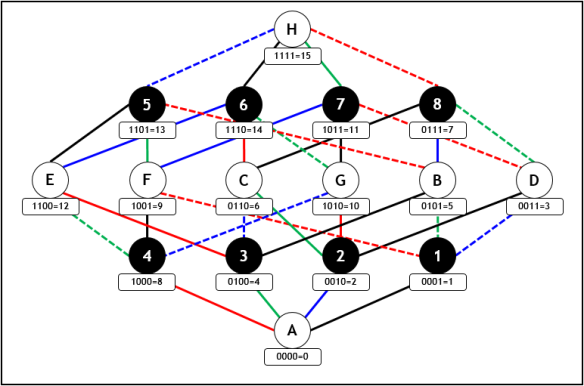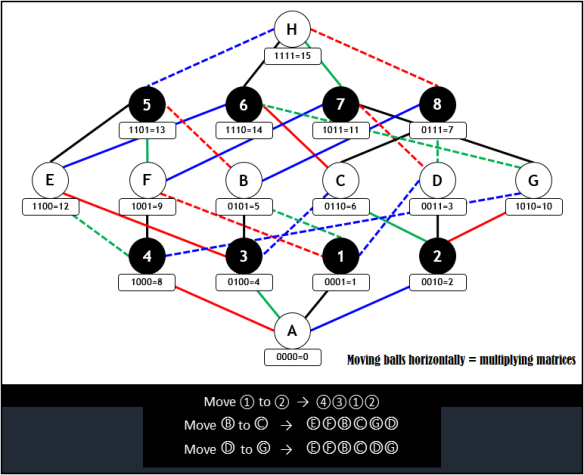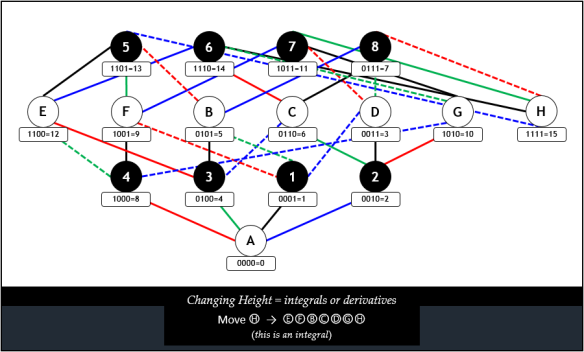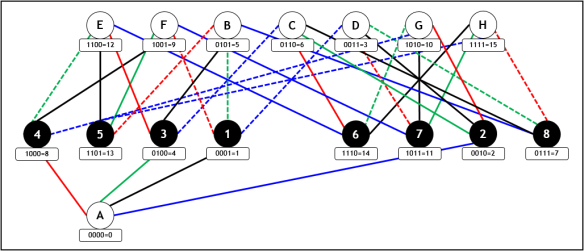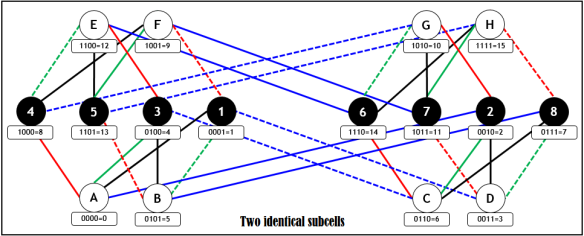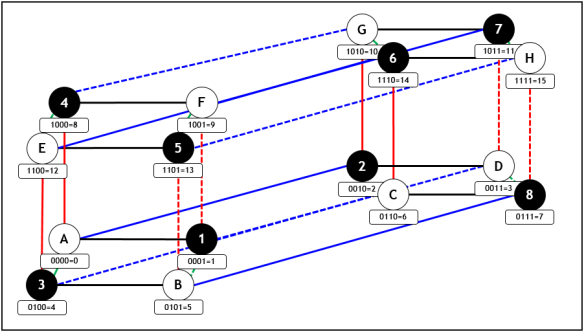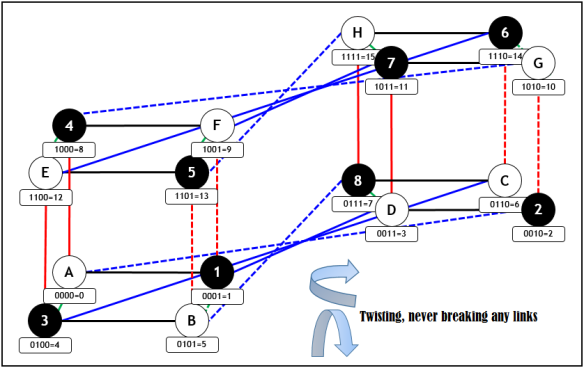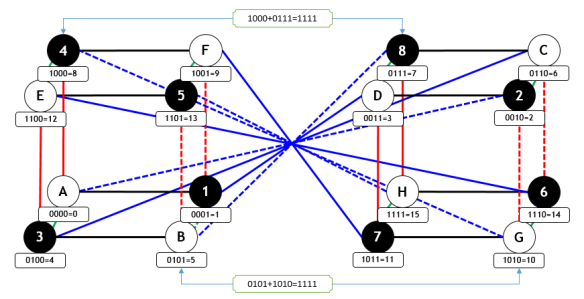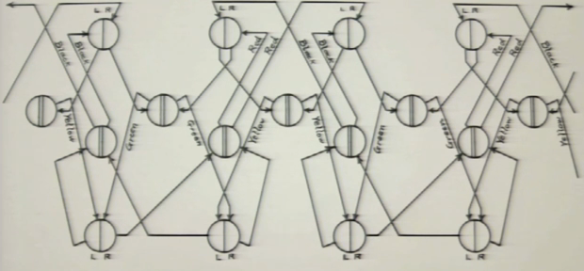Giordano Bruno: Cause, Principle and Unity: And Essays on Magic
Edited by Richard J. Blackwell and Robert de Lucca
Introduction by Alfonso Ingegno
Introduction, xxv–xxvi
Bruno distinguishes between two types of contraction achievable by man. Contraction is a phenomenon through which the soul, by concentrating on itself, can realize particular powers; but this can have an opposite effect if it is directed towards a higher contemplative level or if it is carried out so as to render us no longer masters but servants of our imagination, and thus exposed to demonic influence. Here Bruno echoes Ficino in his exemplification of various types of contraction; but instead of calling them ‘vacationes animi’, as Ficino had done, he gives them a name which allows him to incorporate this phenomenon into the metaphysical structure governing our consciousness.22
The point of distinction between the two forms of contraction is therefore represented by the intermediate cognitive faculties which turn the data of sensibility into figments of our imagination. This distinction, and the separation into two distinct levels of humanity, find their exemplary expression in the Cabala del cavallo pegaseo (The Cabala of Pegasus) and in The Heroic Frenzies. The Cabala outlines the characteristics of the man who, faced with the difficulty of searching for the divine, freely renounces his superior faculties, those which make us really human, and contracts his cognitive powers into the single one of hearing, to passive reception alone. Thus stripped of all power of judgment and reduced to the animal condition of an ass, he can no longer tell if his rider is a god or a demon – an allusion to a famous line from Luther’s De servo arbitrio, aimed at denying the very possibility of our freedom. This is the reason why, in The Heroic Frenzies, he praises the ‘divine seal’ of the ‘good contraction’.23 We have seen that, in this work,24 the metaphysics of Cause are translated in terms of the highest experience which man can have, of contemplation of the divine by means of an adequate image of it. Bruno claims, however, that this can be attained only by someone whose mind is constrained by two bonds (vincula): love, and the highest intelligible species which divinity could present to his eyes (i.e. beauty and the goodness of nature). In relation to the action of these two vincula, the ‘divine seal’ of the ‘good contraction’ acquires an essential importance: divinity, in fact, yields and communicates itself to us only at a level proportionate to our receptivity of it. Therefore, it is always our responsibility to intervene in the passive moment of our consciousness so as to raise ourselves above that moment, actualizing the infinite potency which is within us.
This leads Bruno back to the distinction between two types of humanity, those who fall victim to demonic deception and those who, rising above the level of the multitude, overturn the scale of values in which humanity believes and set out to attain the level of a heroic humanity.
Shaping Anglo-Saxon Lordship in the Heroic Literature
of the Tenth and Eleventh Centuries
John Hill, US Naval Academy
The Heroic Age, Issue 3, Summer 2000
Abstract: Most scholars of Anglo-Saxon heroic story think of that literature as embodying conventional virtues (generosity, bravery, boasting), obligations (to kin and lord) and conflicts of loyalty. This overview of a contrary view stresses the political nature of those stories — whether in prose or poetry — and argues, essentially, for the reformation of traditional codes and obligations. That reformation has the strengthening of lordship and, ultimately, of kingship in mind. The reshaping of traditional codes begins in the literary record during the period of Alfred’s father and grandfather, early to mid-eighth century, and continues down to the end of the eleventh century.
Mucusless Diet Healing System
Arnold Ehret
In my first published article I promulgated the gigantic idea that the white race is an unnatural, a sick, a pathological one. First, the colored skin pigment is lacking, due to a lack of coloring mineral salts; second, the blood is continually over-filled by white blood corpuscles, mucus, waste with white color; therefore the white appearance of the entire body.
The skin pores of the white man are constipated by white, dry mucus; his entire tissue system is filled up and filled out with it. No wonder that he looks white and pale and anaemic. Everybody knows that an extreme case of paleness is a “bad sign.” When I appeared with my friend in a public air-bath, after having lived for several months on a mucusless diet with sun baths, we looked like Indians, and people believed that we belonged to another race. This condition was doubtless due to the great amount of red blood corpuscles and the great lack of white bloody corpuscles. I can notice a trace of pale in my complexion the morning after eating one piece of bread.
SLC24A5
Sodium/potassium/calcium exchanger 5 (NCKX5), also known as solute carrier family 24 member 5 (SLC24A5), is a protein that in humans is encoded by the SLC24A5 gene that has a major influence on natural skin colour variation. The NCKX5 protein is a member of the potassium-dependent sodium/calcium exchanger family. Sequence variation in the SLC24A5 gene, particularly a non-synonymous SNP changing the amino acid at position 111 in NCKX5 from alanine to threonine, has been associated with differences in skin pigmentation. The SLC24A5 gene’s derived threonine or Ala111Thr allele (rs1426654]) has been shown to be a major factor in the light skin tone of Europeans compared to Africans, and is believed to represent as much as 25–40% of the average skin tone difference between Europeans and West Africans.[4][1] It has been the subject of recent selection in Western Eurasia, and is fixed in European populations.
Victorian Demons: Medicine, Masculinity, and the Gothic at the Fin-de-siècle
Andrew Smith, Introduction
This book is a study of constructions of masculinity in a range of medical, cultural and Gothic narratives at the fin de siècle. My principal argument is that the final decades of the nineteenth century provide a particularly complex set of examples of how the dominant masculine scripts came to be associated with disease, degeneration and perversity. By exploring theories of degeneration, sexological writings, and medical writing on syphilis at the time, it is possible to see how such a pathologisation of the ostensibly dominant masculine scripts becomes developed in scientific, quasi-scientific, and literary contexts… It has become somehwat of a commonplace to argue that the fin de siècle was characterised by crisis, and I want to pursue a different line of enquiry by suggesting that, in part, this notion of crisis was staged within the dominant masculinist culture, rather than that this culture was thrown into crisis by external threats to it… For Adams [Dandies and Desert Saints], such pressures meant that men sought to establish new masculine identities which operated beyond the traditional, patriarchal domestic spaces. A new form of masculinity, one associated with Empire, for example, therefore became constructed during the period… Hendershot [The Animal Within] claims that ‘One area that has served a crucial site for defining modern masculinity has been science. As the Gothic troubles stable notions of the body, so it invades the objective discourse of science. [The Gothic scientist uncovers the destructive man lurking beneath the exterior of the respected positivist. Gothic science reveals horror by opening the laboratory door, inviting the audience to indulge its darkest suspicions regarding the maker of the modern world — the empirical scientist.]’ (p. 69).
